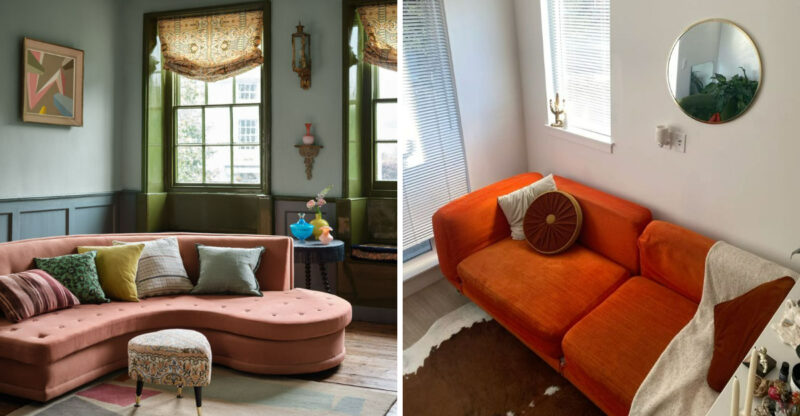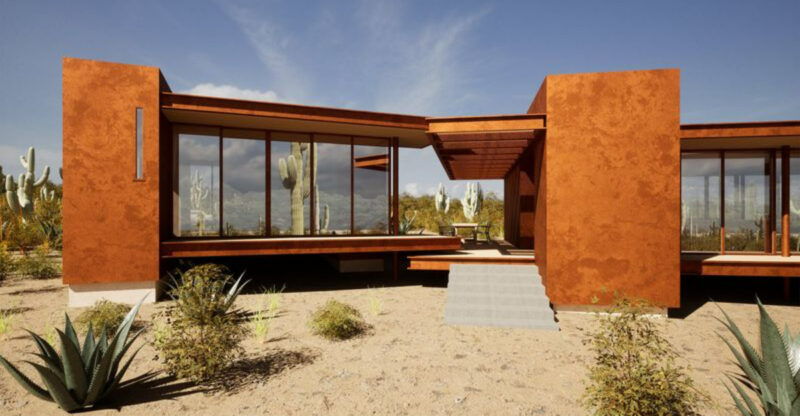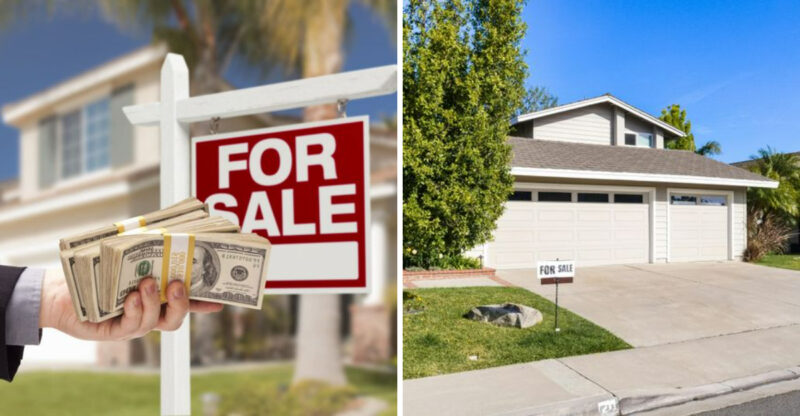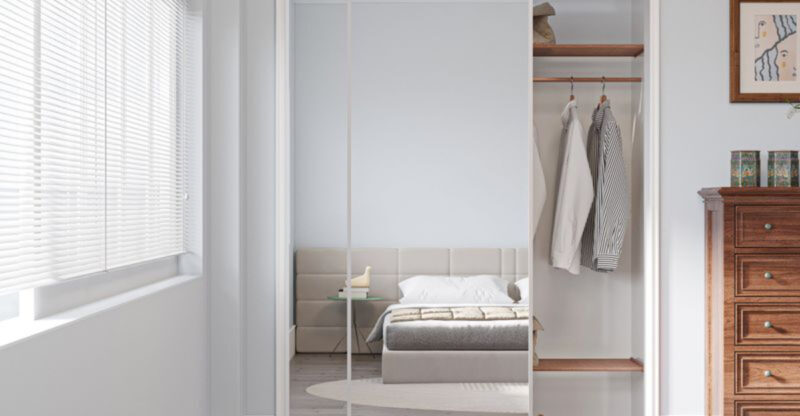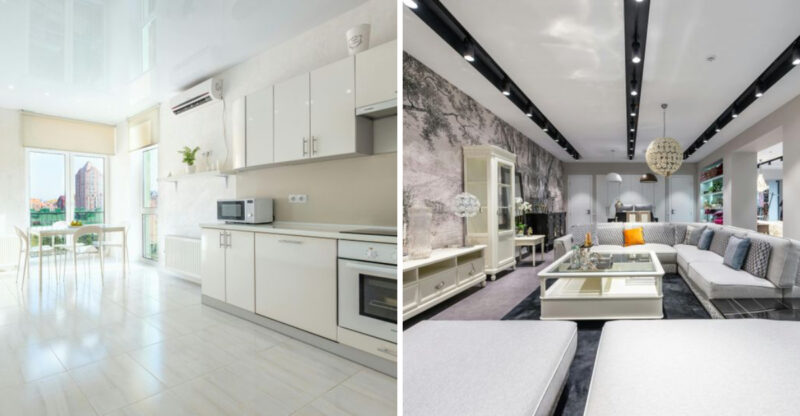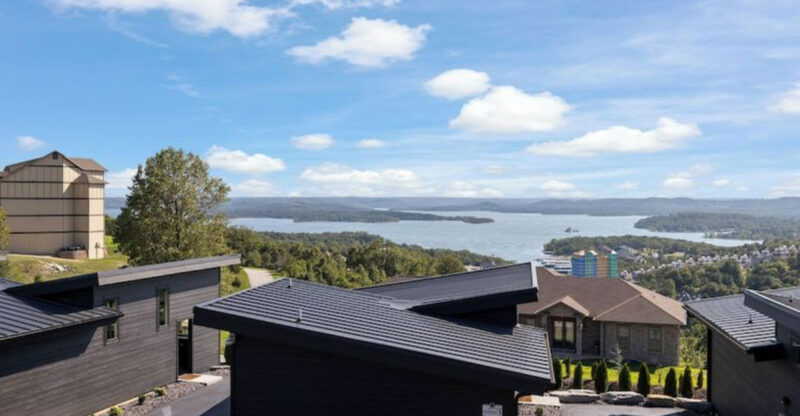17 Home Décor Trends On Their Way Out
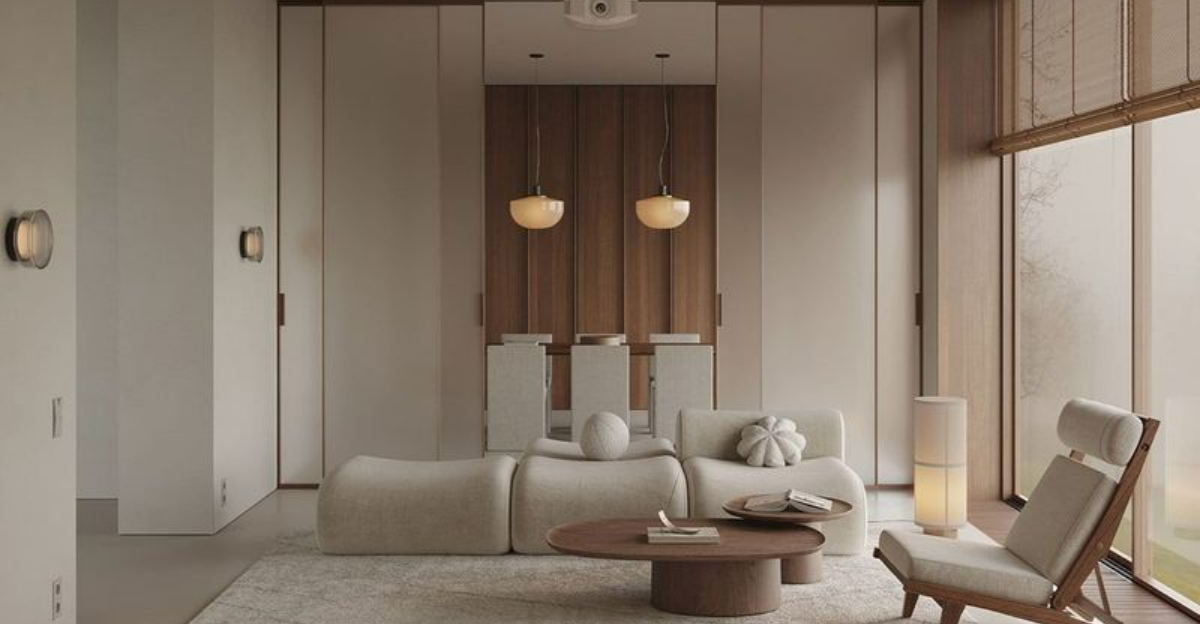
Home design evolves constantly, and what was trendy last year might look dated today. I’ve noticed many once-popular décor choices disappearing from stylish homes and design magazines.
If you’re planning to refresh your space, you might want to know which trends are fading fast so you can make more timeless choices.
1. All-White Kitchens Losing Their Sparkle
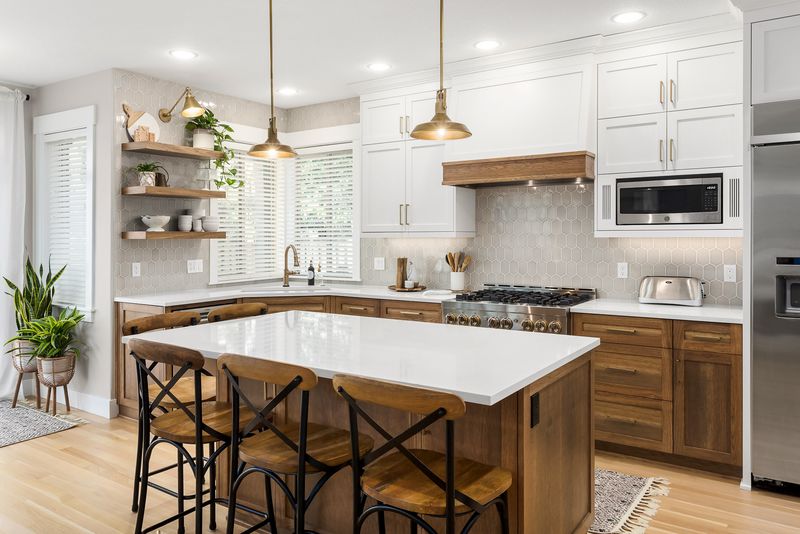
Remember when everyone wanted that pristine, clinical white kitchen? The tide is turning toward warmer, more personalized cooking spaces. Designers now embrace natural wood tones, colored cabinets, and mixed materials that tell a story.
White kitchens show every speck of dirt and can feel cold and uninviting. Instead, homeowners are incorporating subtle color through backsplashes, island cabinetry, or statement ranges that bring character while remaining classic.
2. Farmhouse Style Overload
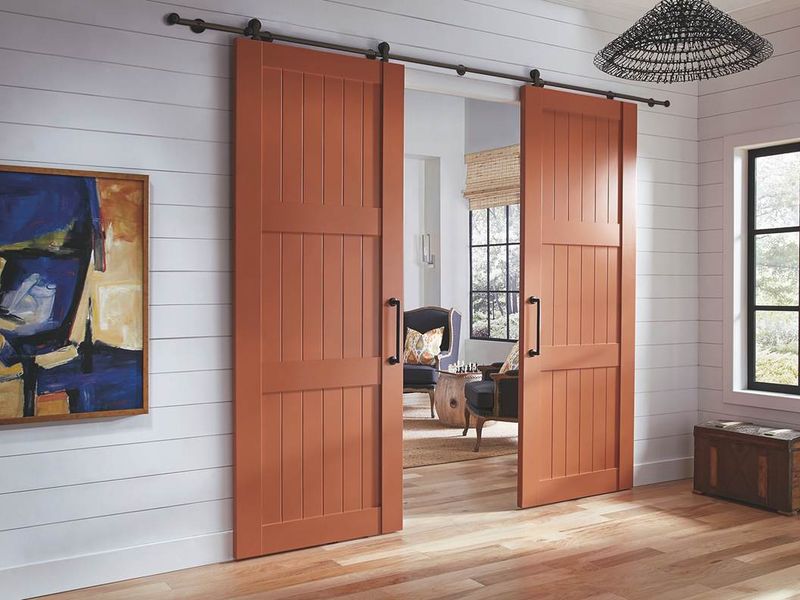
Shiplap, barn doors, and “Live, Laugh, Love” signs have saturated the market to the point of cliché. This rustic aesthetic championed by renovation shows has become so ubiquitous that it’s lost its charm and authenticity.
Modern homeowners seek more personal expressions rather than cookie-cutter farm-inspired elements. The new direction favors authentic vintage pieces with history rather than mass-produced distressed items pretending to be antiques.
3. Fast Furniture Falling From Favor
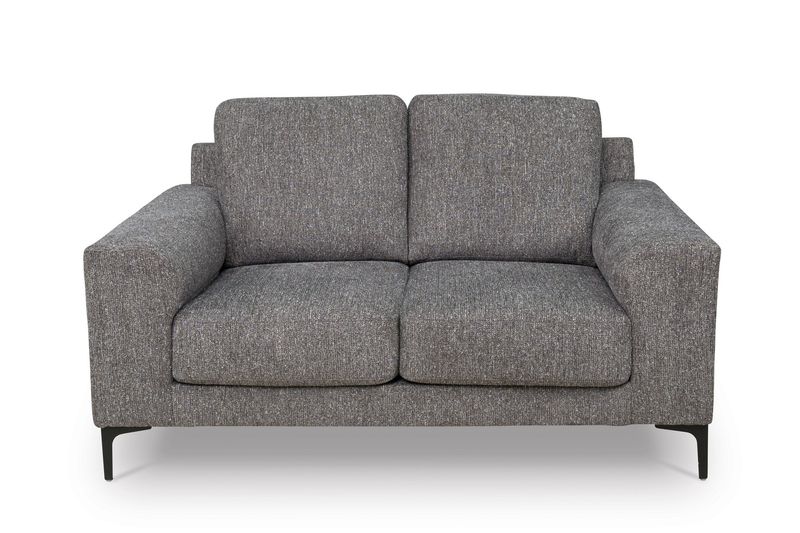
Cheaply made, assembly-required furniture designed to be disposable is quickly becoming passé. Consumers increasingly recognize the environmental impact of these throwaway pieces that often end up in landfills after just a few years.
Quality is making a comeback! I’m seeing more people investing in well-made furniture that lasts generations. Secondhand shopping, restoration, and supporting local craftspeople are now considered smarter alternatives to particleboard pieces.
4. Gray Everything Fading Away
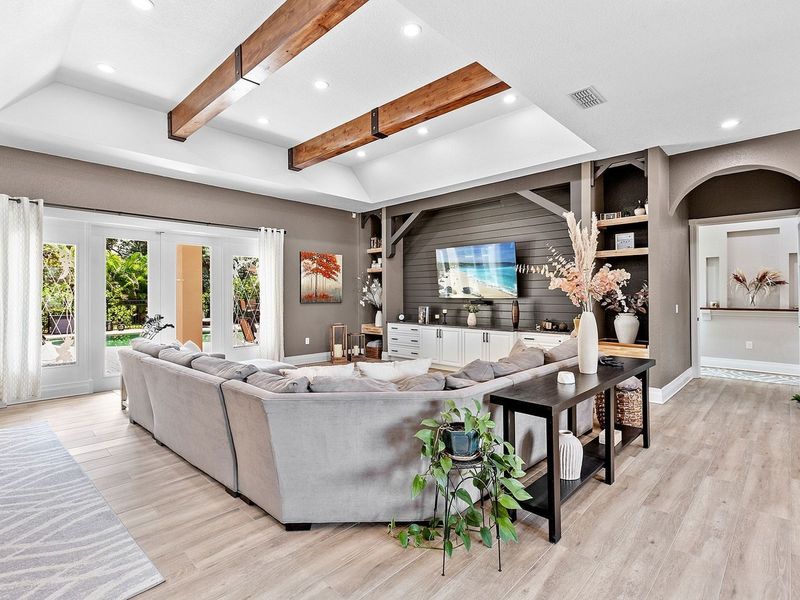
The gray revolution that dominated homes for nearly a decade is finally receding. Those cool-toned gray walls, floors, and furnishings that once seemed so sophisticated now feel cold and impersonal to many homeowners.
Warmer neutrals like beige, taupe, and soft browns are taking center stage. Even white is shifting from stark blue-whites to creamier, more inviting tones that create cozier atmospheres. Color is returning in thoughtful ways through accent walls and statement furniture.
5. Open Shelving Closing Up
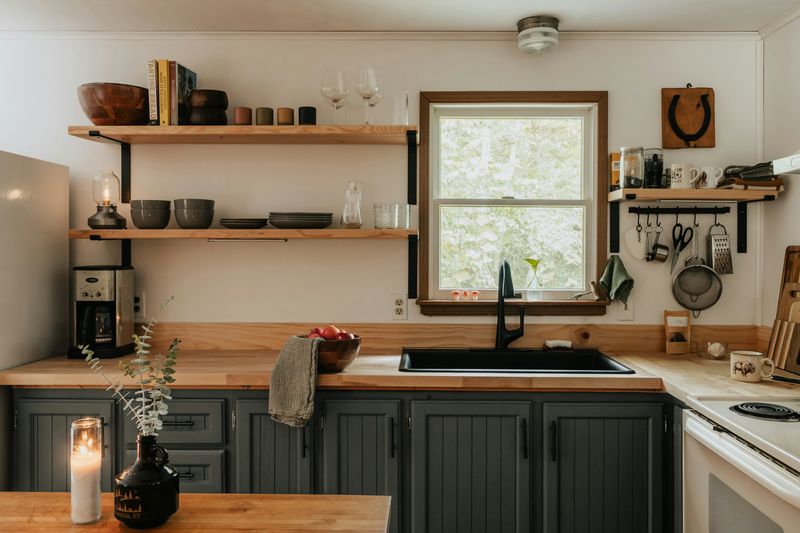
Those Instagram-perfect open kitchen shelves looked amazing in photos but proved impractical in real life. Constantly dusting displayed items and maintaining picture-perfect arrangements has exhausted even the most dedicated decorators.
Cabinets with doors are making a welcome comeback! The new approach combines some open display areas for special pieces while keeping everyday essentials behind closed doors. This hybrid approach offers both style and sanity for busy households.
6. Accent Walls Backing Down
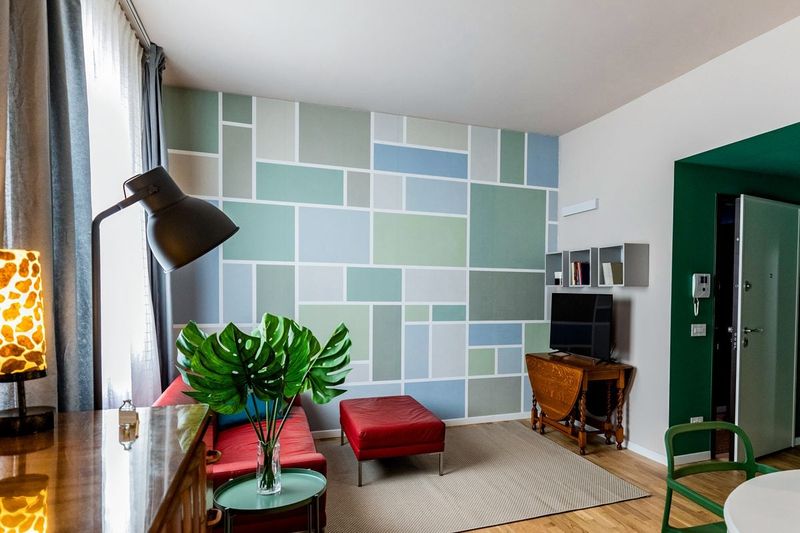
The single bold-colored or wallpapered wall that was once a designer’s go-to solution is losing momentum. These high-contrast statements often ended up feeling disconnected from the rest of the room’s design scheme.
Full-room color approaches create more cohesive, enveloping spaces. When pattern is desired, designers now apply wallpaper to all walls or use architectural elements like molding to add interest. The result feels more intentional and less like a half-finished painting project.
7. Word Art Losing Its Words
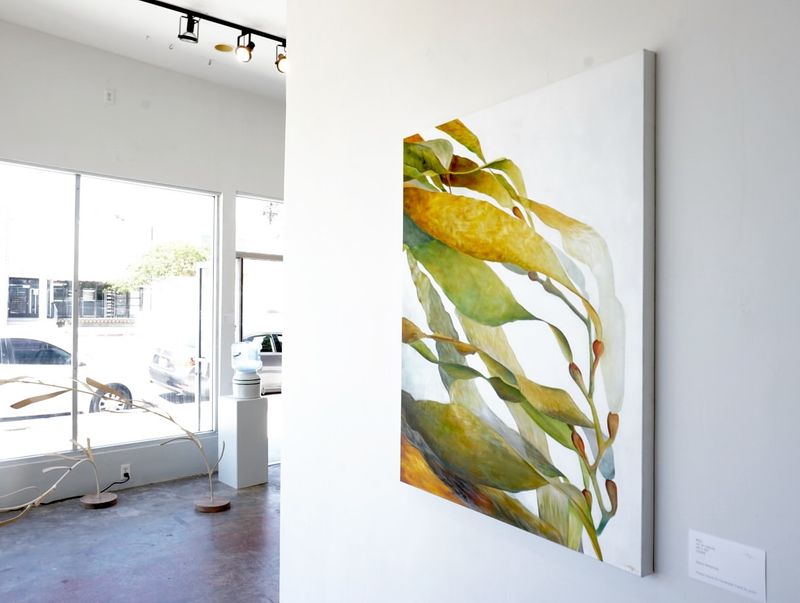
Those motivational phrases and family rules plastered across walls are quickly becoming the decorating equivalent of a bumper sticker. Once charming, these mass-produced sentiments now feel impersonal and overly commercial.
Art with actual visual interest is taking precedence. Homeowners are investing in original paintings, prints, or photographs that spark conversation and reflection. When text appears in modern homes, it’s typically through meaningful pieces like vintage signs or limited-edition prints.
8. Matching Furniture Sets Breaking Up
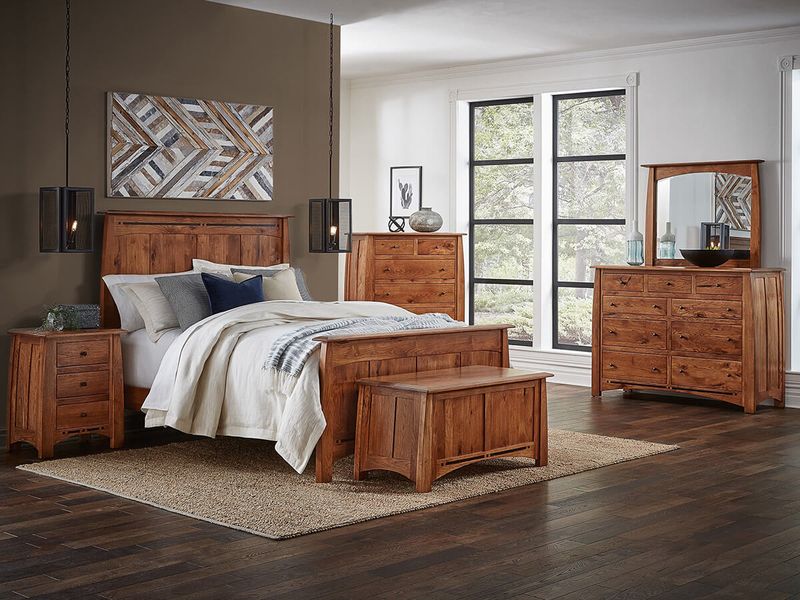
Buying the entire bedroom or living room suite straight from the showroom floor is a fading practice. These perfectly coordinated sets often lack personality and make spaces feel like furniture showrooms rather than lived-in homes.
Thoughtfully curated rooms with pieces collected over time tell a more interesting story. Mixing different woods, styles, and eras creates depth and character that matching sets simply can’t achieve. Even retailers now display their furniture in eclectic groupings rather than matched collections.
9. Chevron Patterns Zigzagging Out
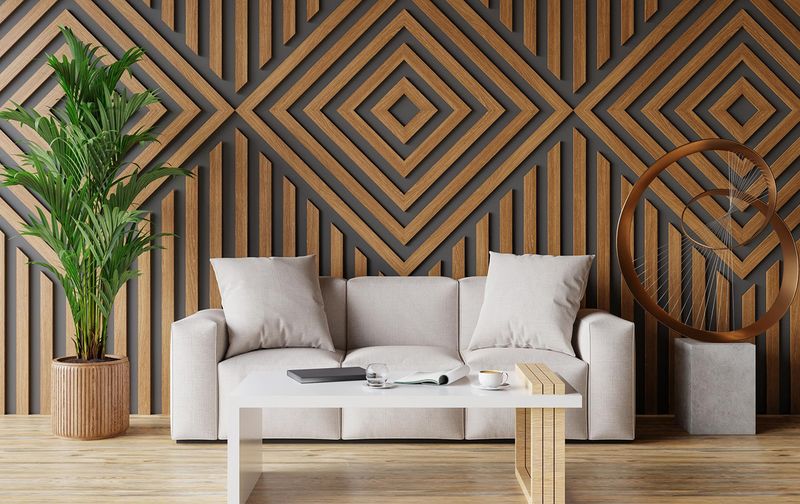
The sharp zigzag pattern that dominated everything from rugs to wallpaper is rapidly retreating from stylish homes. Once fresh and graphic, chevron now feels dated and overused after its massive popularity in the 2010s.
Softer, more organic patterns inspired by nature are gaining traction. Curved lines, botanical motifs, and abstract shapes offer similar visual interest without the dizzying effect. When geometric patterns do appear, they’re typically more subtle or unexpected than the ubiquitous chevron.
10. Edison Bulbs Dimming Down
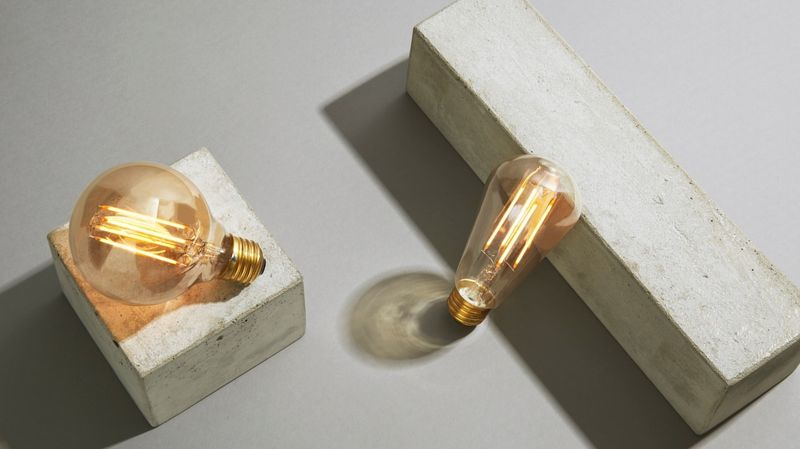
Those exposed filament bulbs that gave industrial-chic spaces their amber glow are losing their shine. While they created atmosphere, they provided poor lighting and consumed excessive energy compared to modern alternatives.
Thoughtfully designed fixtures that combine form and function are taking their place. Today’s lighting incorporates sleek LEDs with warm color temperatures and proper diffusion. The focus has shifted from showing off the bulb to creating the right ambiance while considering sustainability.
11. Barn Doors Sliding Away
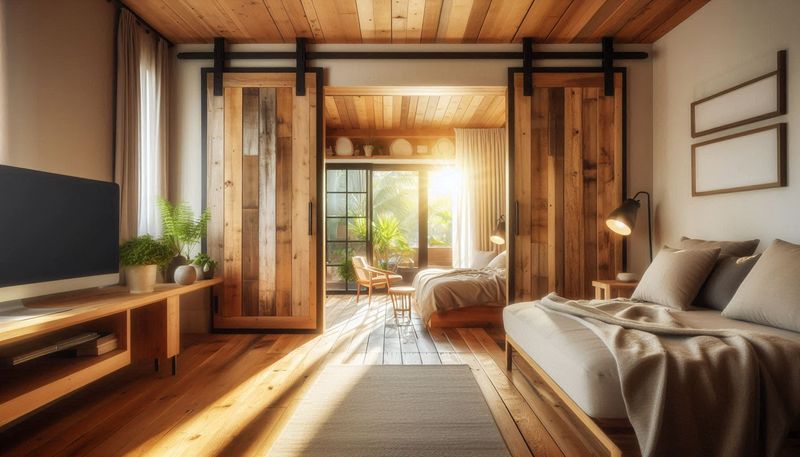
Sliding barn doors became the space-saving solution for every doorway, regardless of whether the rustic look made sense in the home. Their popularity on renovation shows led to overuse in inappropriate settings like formal dining rooms and bathrooms.
Pocket doors offer the same space-saving benefits without the farmhouse aesthetic. For visible doors, French doors or modern sliders with clean lines provide more architectural integrity. When privacy matters (like in bathrooms), people are choosing doors that actually, well, close properly!
12. Mason Jar Everything Sealing Shut
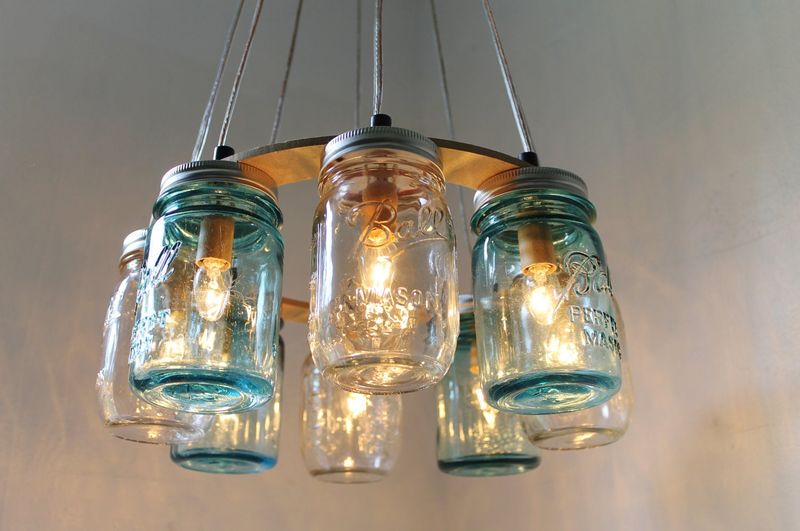
Mason jars repurposed as everything from lighting fixtures to soap dispensers reached peak saturation years ago. This DIY trend that began as charming upcycling has become a tired symbol of forced rusticity.
Purpose-designed items that function better are making a comeback. Proper light fixtures with appropriate diffusion, soap dispensers that don’t rust, and vases actually designed for flowers simply work better. When mason jars do appear, they’re typically used for their intended purpose—preserving food.
13. Rose Gold Losing Its Luster
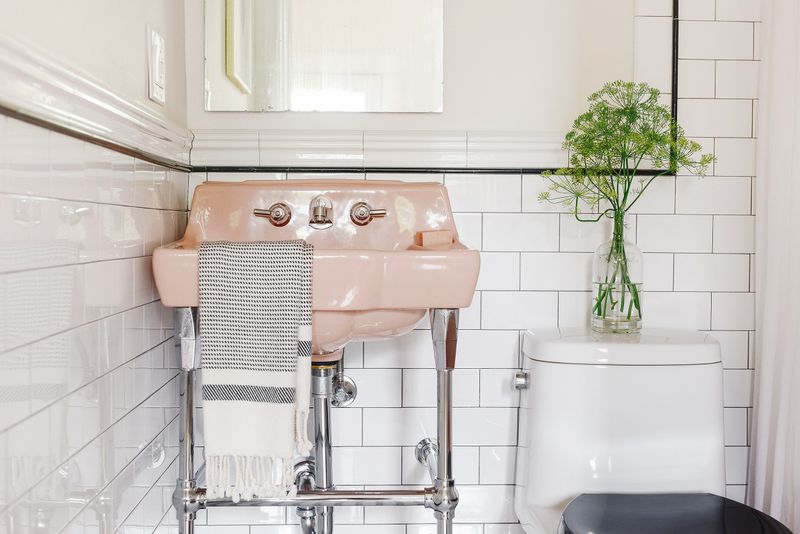
The pinkish metallic finish that adorned everything from faucets to furniture is rapidly tarnishing in popularity. Rose gold became so ubiquitous that it quickly transformed from fresh alternative to dated fad.
Mixed metals with more staying power are taking its place. Warm brass and bronze remain popular but are being used more judiciously. Matte black fixtures continue their strong presence, while nickel and chrome maintain their classic appeal when used in the right settings.
14. Millennial Pink Fading Out
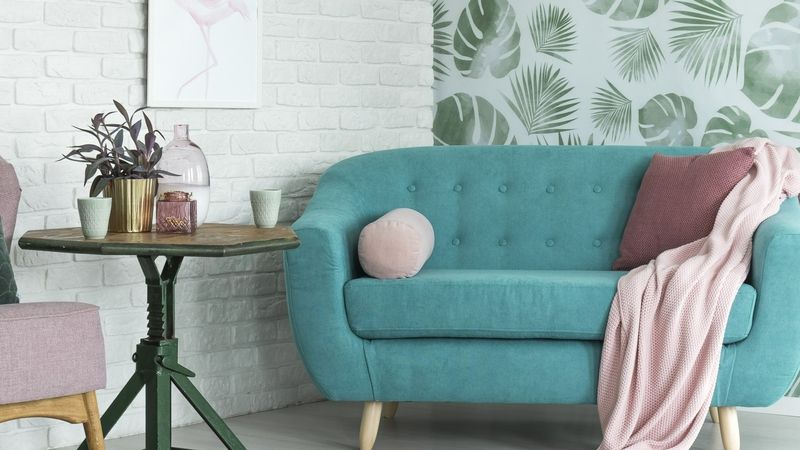
The dusty salmon shade that defined a generation’s aesthetic is finally retreating. This color saturated everything from sofas to kitchen appliances, becoming so identifiable with a particular time period that it now feels dated rather than fresh.
More complex, nuanced colors are emerging in its place. Deep jewel tones and earthy, nature-inspired hues offer more longevity. When pink does appear, it’s either in more sophisticated terracotta tones or clearer, less muddy versions that feel intentional rather than trendy.
15. Industrial Style Clocking Out
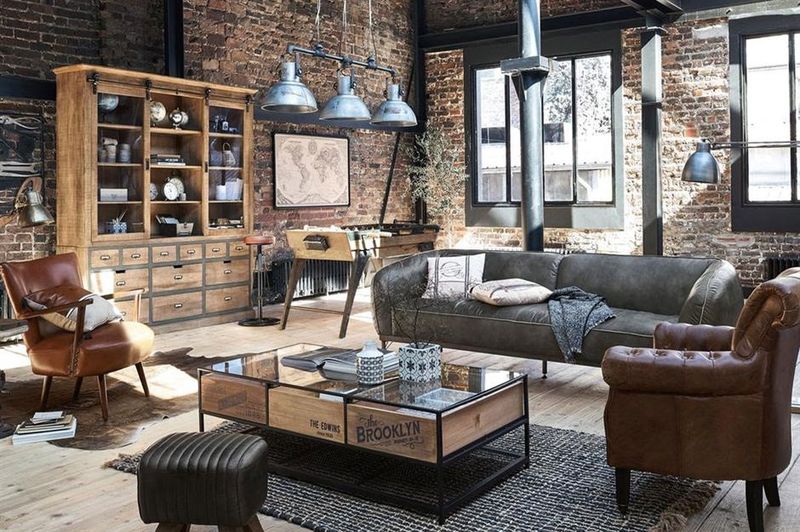
The raw, factory-inspired aesthetic with exposed pipes, concrete surfaces, and metal fixtures is gradually being phased out of residential spaces. What once felt edgy now often comes across as cold, uncomfortable, and impractical for actual living.
Softer industrial elements are being integrated more thoughtfully. Instead of all-concrete everything, maybe just one architectural feature remains. Warmer materials like wood and textiles balance metal elements. The goal is creating homes that feel lived-in rather than like converted warehouses.
16. Terrazzo Overload Chipping Away
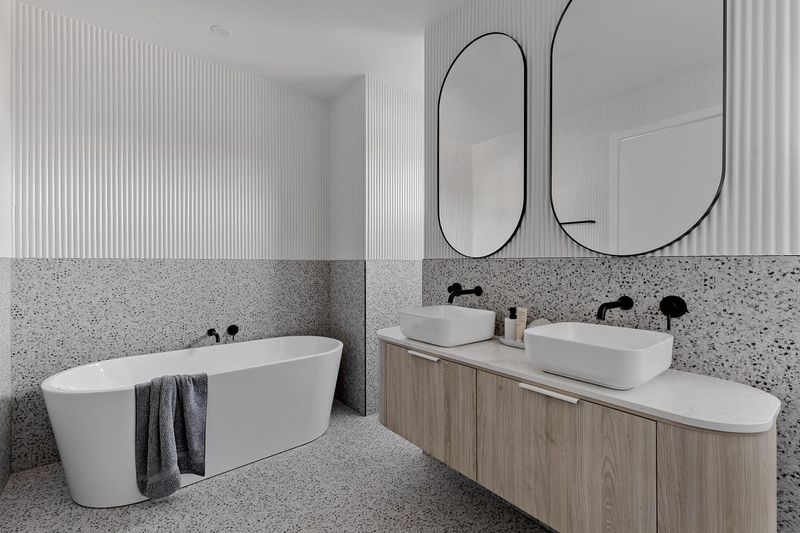
The speckled composite material that made a massive comeback is already showing signs of retreat. When terrazzo appeared on everything from floors to phone cases, it quickly transitioned from designer darling to overexposed trend.
More subtle surface treatments with longevity are gaining ground. Natural stone with inherent variation offers similar visual interest with more timelessness. When terrazzo does appear, it’s typically in smaller doses as an accent rather than covering entire spaces.
17. Minimalist Sterility Warming Up
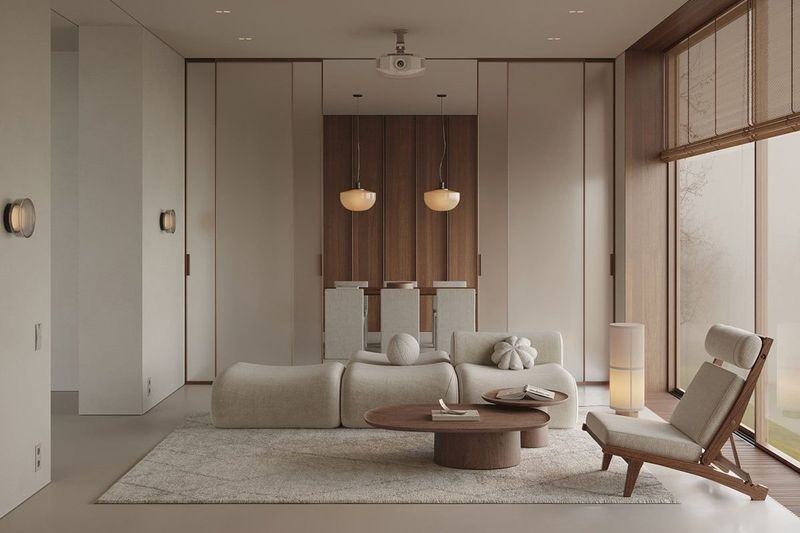
The ultra-sparse, all-white minimalism that dominated design magazines is losing its appeal. Many homeowners discovered that these Instagram-perfect spaces felt cold, unwelcoming, and impossible to maintain with real-life activities.
Warm minimalism incorporating natural materials and personal touches is the evolving approach. The clean lines remain, but with added texture, meaningful objects, and hints of color. The focus shifts from how little you can live with to creating intentional spaces that support wellbeing.

